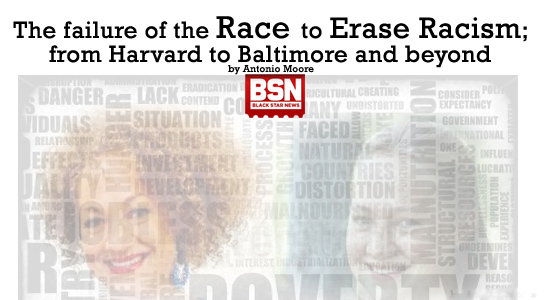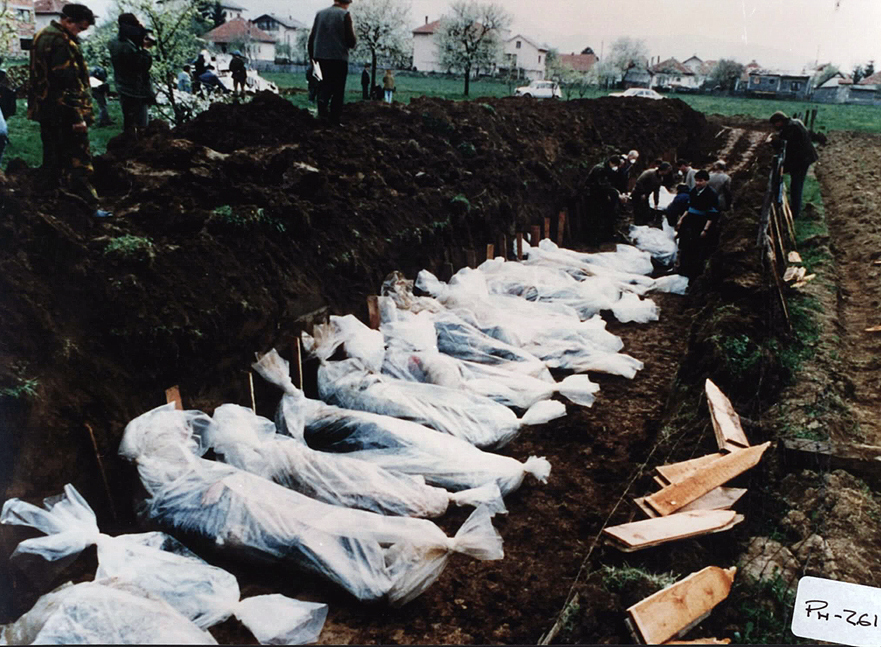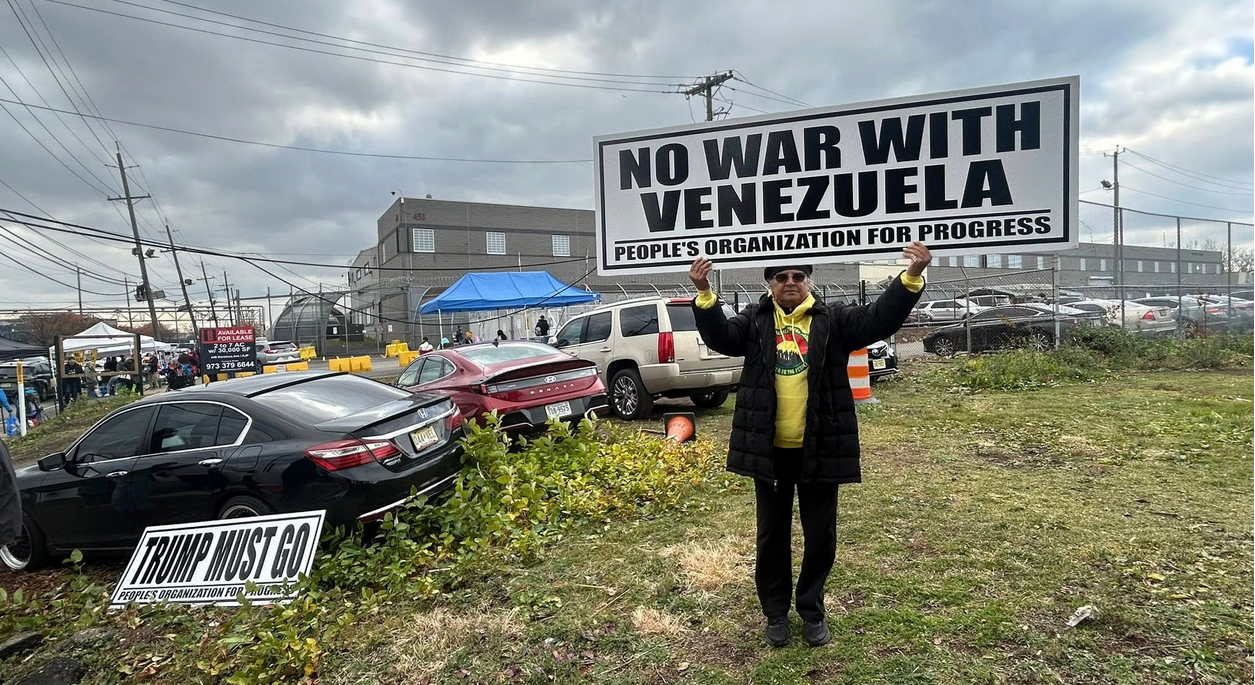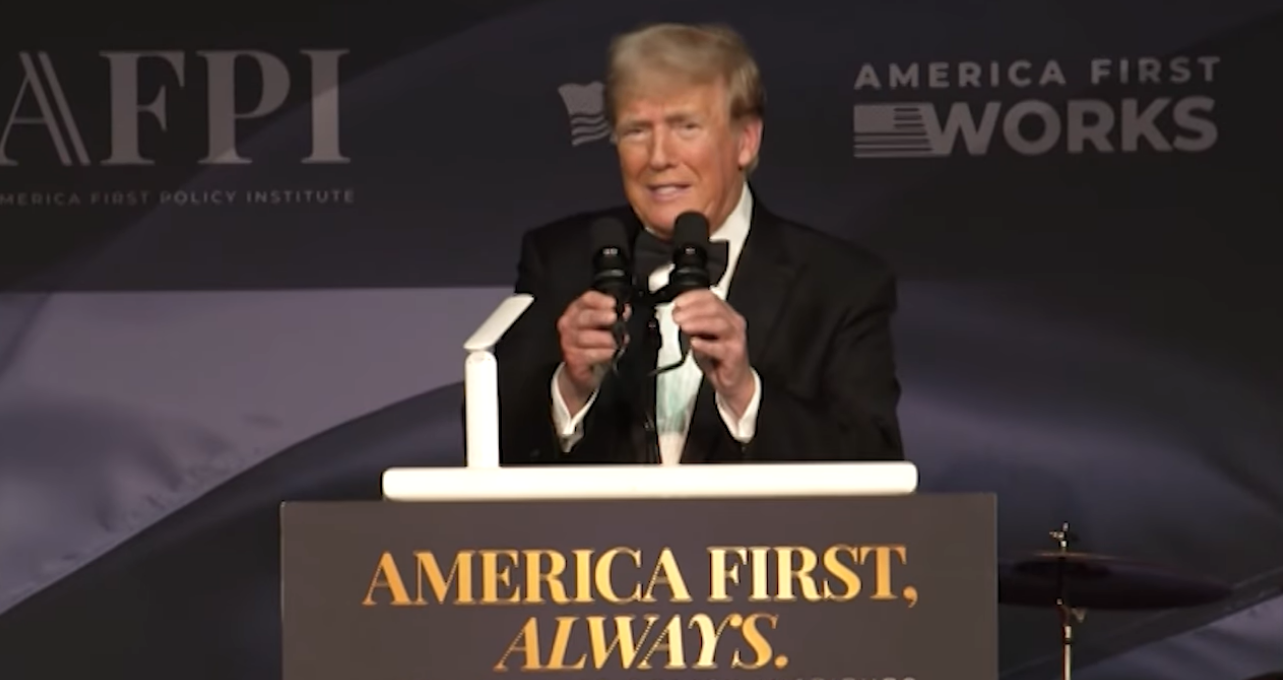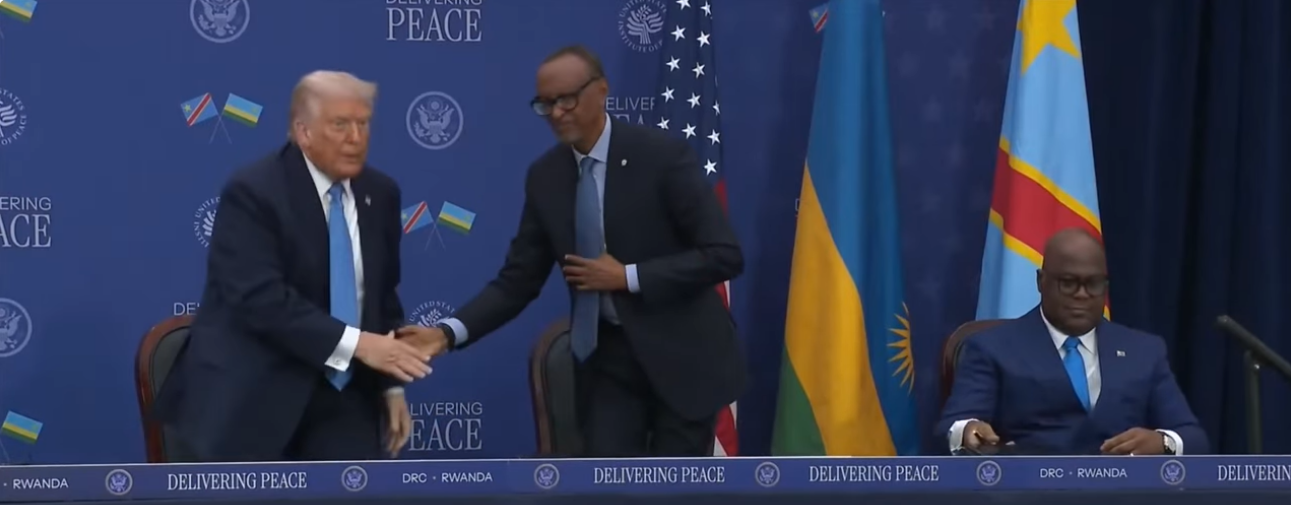Race in America has a deep, and dark history. Over the last year we have seen several attacks on the concept of race by those that appear to be uninformed on the systems designed purpose. These criticisms show a clear failure by our nation in educating its own population on our country’s past. That past roots the white picket fence dreams that serve as the visual of American success. As fences have become the new form of segregation, we have moved to a racism that hides itself in the field of economics. Recent events have only served as a reminder of this current state. As kids played at a pool in McKinney, Texas to celebrate the coming of summer, they were told by white residents of a complex to go back to their Section 8 housing. In essence your kind doesn’t belong here, you don’t have a place behind this white picket fence. This is the nightmare that has set upon so many of the oppressed in America. A concreteness that racism has not progressed, it has simply found better cover. A hiding place behind the white picket fences so many African Americans cannot afford to buy. Unresolved this racism seeps out and lashes out on black teenage girls, in the form of a police officer enforcing community policy. Despite the way it is portrayed, race and the resulting effects of racism on African Americans was not a simple chapter in an American history book; it remains the storyline upon which the very binding of our great nation exist.
The foundational pillar of racism is the chattel enslavement of African Americans, which lasted hundreds of years. The social oppression experienced during this three hundred year historical dark spot was reincarnated within the era of Jim Crow that followed. Continuing the cycle mass incarceration referred to by some as “The New Jim Crow” came next. This period of increased incarceration in the U.S. started with the implementation of the crack cocaine sentencing laws, which are covered extensively in our documentary “Freeway Crack in the System” that aired on Al Jazeera earlier this year.
If race were a paintbrush, racism and its penalty is the great American painting that resulted from its use. A penalty that created Baltimore through racial covenants, designed Ferguson through segregation combined with white flight, and set out a nationwide system of criminal justice that has unfair bias for young blacks that are caught in a web of suspended licenses, low level drug offenses and other “poverty crimes” as they are often called. Yet, despite the truth of its result, many now want to recreate the colors of race to include hues and possibilities, which are more mirages than reality.
From the start race as a social construct was built out of, and for the purpose of upholding American slavery. It was used both as a justification for white slave owners for their immoral institution, and also as an easy way to make whiteness a commodity for non-land owning white Americans. This construct developed at the cost of black lives across the United States. The design was fortified over hundreds of years. As chattel slavery encased itself at the heart of the American economy, so did American racism. It is the advantage of color that created great fortunes in the South and the North. It is race that ensnared generations of blacks in a spiral of failure upon which America built so much of its financial success, and it is the consequence of racism that now is the corroded artery choking American cities from Ferguson to Baltimore and beyond. It is here that we see the reason for Affirmative Action, and Fair Housing Laws and Voting Rights protections.
This year alone, we have seen deep misunderstandings of both racism, and the resulting experience of black Americans rearing their head nationwide. As everyone tries to understand race through a lens of diversity to get their respective piece of the American dream, black Americans that have connection to slavery bear the greatest cost. Terms such as the “New Black” coined by Pharell Williams during his interview with Oprah Winfrey, have presented a idea of post racialism that has yet to occur. Despite Pharell’s beliefs in urban ghettos from Baltimore to Los Angeles, the new black is the same as the old black for most blacks.
As I described prior, a decadent veil of black celebrity has covered the globes eyes to black life in the United States. Recent actions of Washington NAACP President Rachel Dolezal reflect this confusion; her actions limited the racial cost of blackness to a color. This is far from the full story of the American black experience. Omitting both a history, and the true price of blackness in America does a great disservice to a long lasting legacy of oppression.
This was preceded by a lawsuit by several Asian American groups brought against Harvard. A suit based on an idea of “racial equality”. Professor and civil rights activist Chunyan Li, stated “We are seeking equal treatment regardless of race,”, the problem lies in that statement’s oxymoronic meaning. Race in America is inequity visualized. It is a construct marked by black bodies that have born great cost from the Virginia tobacco fields, to the Mississippi rows of cotton. It is Trayvon Martin, Freddie Gray and Mike Brown seen as grown men, and not as boys growing up by the police and the greater community. It is the fact that everyone wants equality in admissions into Harvard, but no one wants equality in sentencing and arrest for their sons and daughters that are also caught with drugs in their own neighborhoods.
Race and its shadow is the reality that no one ask why in some states 90% of drug convictions are black men, or why black females are the most incarcerated group by rate amongst women. This difference is not explained by criminality, it is defined and colored by race. In the end, no one asks about race and the true cost of the leftovers of American racism. No one wants to know how the cost of our nation can be shared more equally, only about its greatest fanciful vision being in their favor.
Antonio Moore is a former Prosecutor in Los Angeles. He is also producer of the documentary on the Iran Contra & Crack Cocaine Epidemic “Freeway: Crack in the System presented by Al Jazeera” Mr. Moore has contributed several pieces to theGrio, Huffington Post and AllHipHop on the topics of race, mass incarceration and economics.
